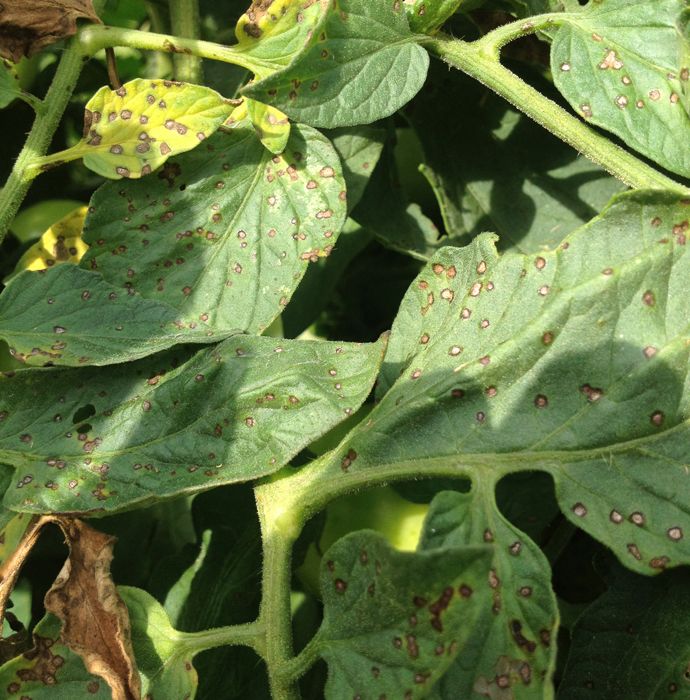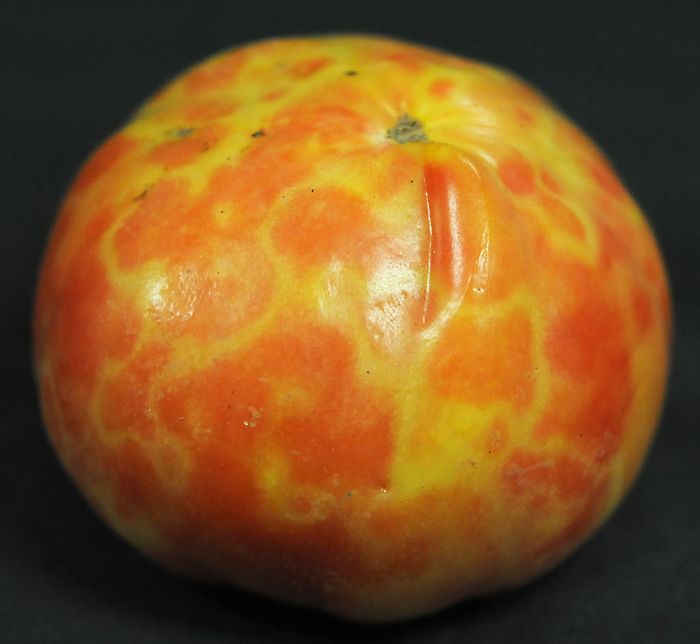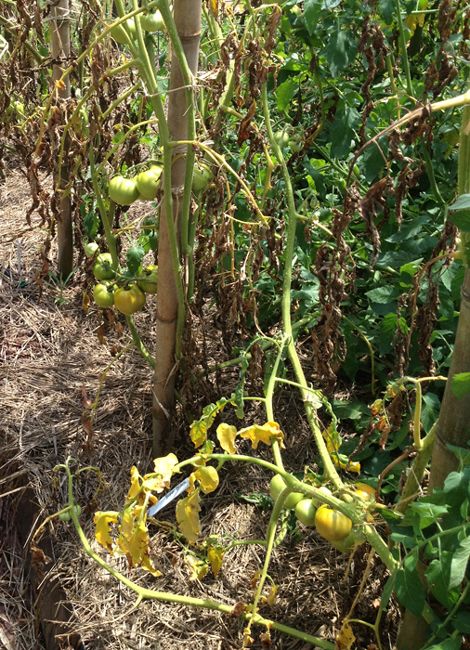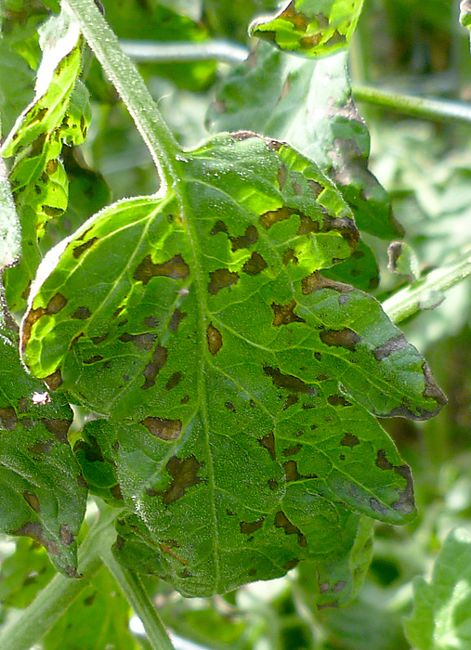Keeping your tomato plants healthy
Managing common pests and diseases of homegrown tomatoes
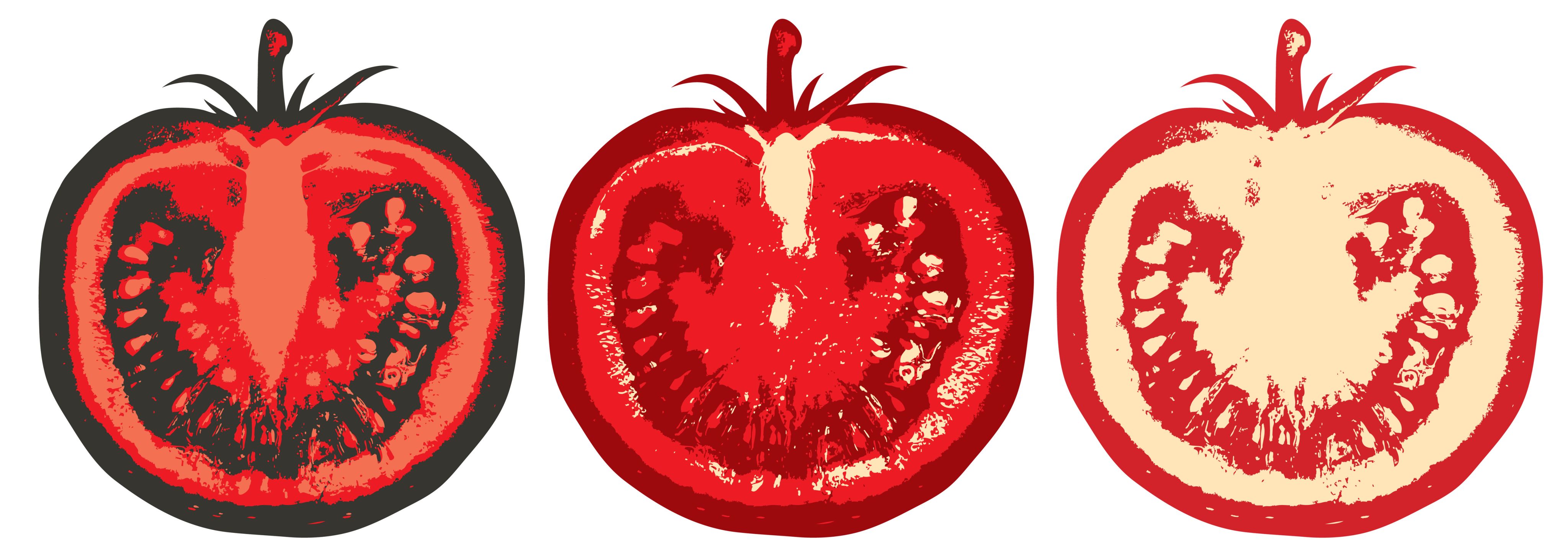
Ahh, tomato sandwich summer.
We have already ranked the best tomato cultivars for stacking high on a slice of bread and covered the essentials of pruning and staking to tame those wild, vining plants. Now comes the gritty middle of the growing season — when the heat bears down and the battle against pests, diseases and plant stress ensues.
Whether you have only just started harvesting or are already preparing for a second planting to carry you into fall, Georgia’s hot, humid climate creates the perfect environment for problems. From insects and pathogens to fruit that splits, rots or burns in the sun, issues can escalate quickly in the Southeast.
Start healthy, stay healthy
To help you stay ahead of the curve, we checked in with three University of Georgia Cooperative Extension specialists: horticulturist Bob Westerfield, vegetable disease expert Bhabesh Dutta, and vegetable specialist Timothy Coolong, who focuses on organic production. According to the experts, prevention is your best defense. Staying ahead of trouble starts with smart variety selection, early intervention and strong cultural practices — techniques that use traits of the specific growing environment to promote healthy plants.
Cultural practices to keep your tomatoes healthy all season:
- Sunlight: Full sun (at least six to eight hours daily)
- Spacing: 24 inches apart for staked plants; 4 to 6 feet between rows
- Soil: Well-drained, rich in organic matter, with a pH of 6.2 to 6.8
- Watering: 1 to 2 inches per week; drip irrigation is best
- Mulching: Use pine straw, leaves or weed fabric to retain moisture and prevent soil splash
- Rotation: Avoid planting tomatoes in the same spot more than once every two to three years

Common tomato diseases
Tomatoes are susceptible to a wide range of diseases that thrive in Georgia’s warm, humid conditions. Many diseases are caused by fungal or bacterial pathogens that can spread quickly once established, especially in wet or overcrowded growing conditions.
Below, we’ve highlighted six of the most frequently reported tomato diseases seen in Georgia home gardens.
For a more comprehensive list of tomato diseases, refer to the UGA Extension expert resource, “Common Tomato Diseases in Georgia.”
Early blight, Alternaria solani
Symptoms: Early blight causes dark, concentric rings on older leaves, beginning at the base of the plant. This disease leads to yellowing and leaf drop.
Management: Remove infected leaves, apply mulch to prevent soil splash, stake plants to improve airflow, and remove or incorporate plant debris at the end of the season.
Septoria leaf spot, Septoria lycopersici
Symptoms: Septoria leaf spot produces dozens of small, circular spots with gray centers, typically on lower leaves. The disease does not affect fruit.
Management: Prune to improve airflow, mulch soil surface, remove or incorporate plant debris at the end of the season, and avoid overhead watering.
Southern blight, Sclerotium rolfsii
Symptoms: Southern blight causes sudden wilting and collapse. Look for white fungal growth and small, round, tan to reddish-brown fungal structures, called sclerotia, at the stem base.
Management: Remove the entire plant and surrounding soil. Rotate crops and avoid planting tomatoes in the same area for two to three years.
Tomato spotted wilt virus, TSWV
Symptoms: Tomato spotted wilt virus is spread by tiny insects called thrips. The disease leads to bronze or dark streaks on leaves and stems, concentric rings on fruit, and stunted, wilted plants.
Management: Resistant varieties (e.g., ‘Amelia,’ ‘Crista’) are by far the best management strategy for this virus. Gardeners may also use reflective mulch, control thrips, and remove infected plants to prevent secondary spread of the virus.
Fusarium wilt, Fusarium oxysporum sp. lycopersici
Symptoms: Fusarium wilt begins with yellowing and wilting on one side of the plant. Discoloration of vascular tissue is visible when stems are cut. Plants may rapidly decline in warm soil.
Management: Select resistant varieties (labeled with “F”), rotate crops, and avoid planting tomatoes and other solanaceous crops in the same bed annually.
Bacterial spot, Xanthomonas spp.
Symptoms: Bacterial spot causes small, dark brown, angular spots on leaves, stems and fruit. The disease can lead to leaf yellowing, drop, and raised, scabby fruit lesions.
Management: Use certified disease-free transplants, avoid wetting leaves by using drip irrigation, rotate crops, and sanitize tools between uses.
With early blight, pictured here, note large, irregular brown lesions with concentric circles of growth.
With early blight, pictured here, note large, irregular brown lesions with concentric circles of growth.
With early blight, pictured here, note large, irregular brown lesions with concentric circles of growth.
With early blight, pictured here, note large, irregular brown lesions with concentric circles of growth.
With septoria leaf spot, pictured here, note numerous small spots with gray centers.
With septoria leaf spot, pictured here, note numerous small spots with gray centers.
With septoria leaf spot, pictured here, note numerous small spots with gray centers.
With septoria leaf spot, pictured here, note numerous small spots with gray centers.
With southern blight, pictured here, note the death of the stem at the soil line with white fungal growth and round fungal structures, called sclerotia.
With southern blight, pictured here, note the death of the stem at the soil line with white fungal growth and round fungal structures, called sclerotia.
With southern blight, pictured here, note the death of the stem at the soil line with white fungal growth and round fungal structures, called sclerotia.
With southern blight, pictured here, note the death of the stem at the soil line with white fungal growth and round fungal structures, called sclerotia.
With tomato spotted wilt virus, or TSWV, pictured here, note ringspot symptoms on the tomato fruit.
With tomato spotted wilt virus, or TSWV, pictured here, note ringspot symptoms on the tomato fruit.
With tomato spotted wilt virus, or TSWV, pictured here, note ringspot symptoms on the tomato fruit.
With tomato spotted wilt virus, or TSWV, pictured here, note ringspot symptoms on the tomato fruit.
With fusarium wilt, pictured here, note the browning and death of leaves, although stems often remain green for a time, and green fruit continues to ripen.
With fusarium wilt, pictured here, note the browning and death of leaves, although stems often remain green for a time, and green fruit continues to ripen.
With fusarium wilt, pictured here, note the browning and death of leaves, although stems often remain green for a time, and green fruit continues to ripen.
With fusarium wilt, pictured here, note the browning and death of leaves, although stems often remain green for a time, and green fruit continues to ripen.
With bacterial spot, pictured here, note lesions are dark and often angular instead of round.
With bacterial spot, pictured here, note lesions are dark and often angular instead of round.
With bacterial spot, pictured here, note lesions are dark and often angular instead of round.
With bacterial spot, pictured here, note lesions are dark and often angular instead of round.
Physiological disorders (not caused by disease)
Several issues gardeners may encounter with homegrown tomato plants are not caused by pathogens, but environmental stressors such as improper watering or soil conditions, too much or too little sunlight, and unbalanced nutrients.
Blossom-end rot
Symptoms: Blossom-end rot describes dark, sunken spots on the blossom end (bottom) of the fruit, typically caused by a calcium imbalance and inconsistent watering.
Management: Maintain consistent soil moisture, use mulch to help regulate water levels, avoid high-nitrogen fertilizers, and keep soil pH between 6.2 and 6.8. Be sure to take a soil test in late winter or early spring to identify and correct any calcium deficiencies. While blossom-end rot can still occur even when calcium levels are adequate, regular soil testing helps ensure overall balance and gives your plants the best chance to thrive.
Cracking and splitting
Symptoms: Cracking and splitting describes skin splits, usually around the stem or sides, due to rapid water uptake following dry spells.
Management: Water regularly, mulch well, and harvest fruit slightly early if rain is expected. Cherry tomatoes are particularly susceptible to cracking.
Sunscald
Symptoms: Sun scald describes pale, leathery spots on sun-exposed fruit caused by sudden or excessive sunlight, often after heavy pruning.
Management: Prune conservatively to maintain leaf cover and avoid over-thinning the plant canopy.
Catfacing
Symptoms: Catfacing describes misshapen fruit with puckering, cracking or deep scars at the blossom end. It is caused by abnormal flower bud development before blooming, and it is most common in large or heirloom tomato varieties.
Management: Choose less susceptible varieties, avoid planting in cool weather, and maintain consistent growing conditions. The fruit is safe to eat despite its appearance.

Common pests of tomatoes
While tomatoes can tolerate some insect feeding, several pests can cause serious damage or spread disease. Again, this is only a brief list of the most common pests of tomatoes. For more detailed and site-specific information, reach out to your local UGA Extension agent for more help.
Tomato hornworm
Damage: Tomato hornworms are large green caterpillars that feed heavily on foliage and may chew into fruit.
Management: Remove the caterpillars by hand, apply Bacillus thuringiensis (Bt) and encourage parasitic wasps.
Stink bugs and leaf-footed bugs
Damage: Stinkbugs and leaf-footed bugs pierce fruit with their mouthparts, causing cloudy, hardened spots beneath the skin.
Management: Remove the insects by hand or knock them into soapy water, reduce weeds nearby, use row covers early in the season to protect young plants, and apply insecticidal soap, pyrethrum or synthetic pyrethrin if populations are high.
Tomato fruitworm/corn earworm
Damage: Fruitworm and earworm larvae bore into fruit, leaving messy entry holes and internal feeding damage. The affected fruit often rots or drops prematurely.
Management: Remove caterpillars by hand, especially on young plants. Use Bt sprays or spinosad early in the infestation.
Aphids
Damage: Aphids are small insects that cluster and feed on leaves, stems and growing tips. The insects cause leaf curling and produce sticky residue called honeydew.
Management: Spray with a strong stream of water, introduce ladybugs, and use neem oil or insecticidal soap.
Whiteflies
Whiteflies feed on a wide range of crops and are often found on the underside of leaves.
Whiteflies feed on a wide range of crops and are often found on the underside of leaves.
Damage: Most prevalent in the fall, these sap-sucking insects cause yellowing and leaf drop, and promote sooty mold. Whiteflies can also spread viruses like tomato yellow leaf curl virus, which can be particularly devastating.
Management: Use yellow sticky traps, apply insecticidal soap and attract beneficial predators.
Thrips
While these tiny insects are difficult to see with the naked eye, damage to leaves often appears as a bronzing color.
While these tiny insects are difficult to see with the naked eye, damage to leaves often appears as a bronzing color.
Damage: Thrips feed by scraping the surface of leaves and young blossoms, causing silvery or bronzed patches and tiny black specks of frass (excrement). These insects can transmit tomato spotted wilt virus (TSWV).
Management: Use varieties with resistance to TSWV as well as reflective mulch, remove infected plants, and treat with spinosad or insecticidal soap.
Looking for pesticide recommendations?
If you'd like to find specific pesticide recommendations for pests and diseases of tomatoes and other vegetables, refer to the Home and Garden edition of the Georgia Pest Management Handbook.
Get more help from UGA Extension
Tomatoes may be the pride of the summer garden, but they don’t come without challenges. For more site-specific guidance, connect with your local Extension office.

More home vegetable gardening stories
Pt. 1: Planting the best tomato sandwich
Selecting top garden tomato varieties for Georgia's tastiest summer sandwich
Your ultimate guide to healthy garden soil
Starting your spring vegetable garden from seed
Starting a garden from scratch
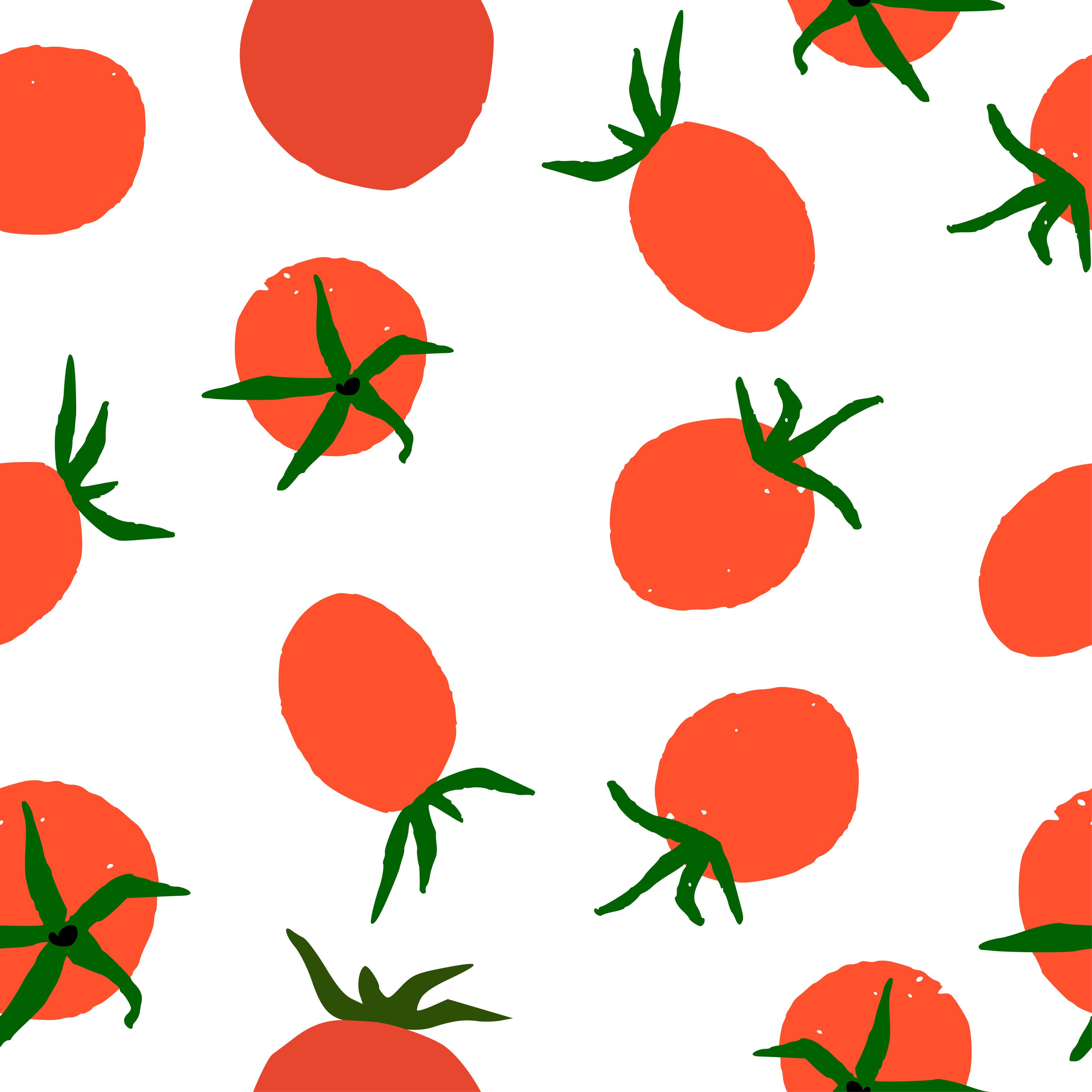
News media may republish this story. A text version is available for download.




